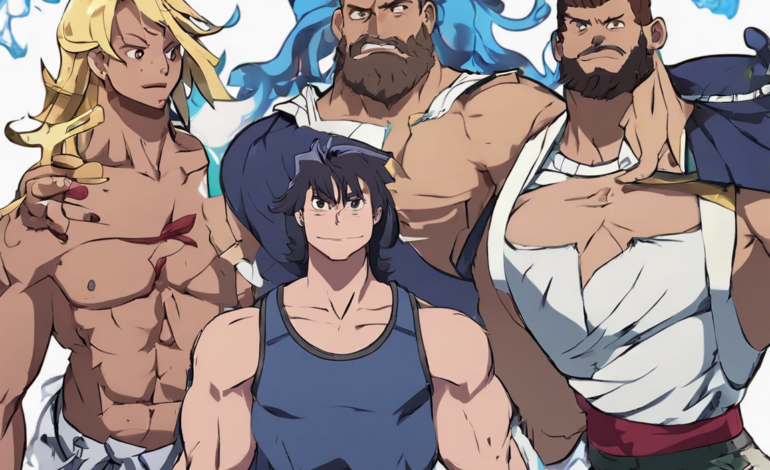Creating a Collaborative Employee Onboarding Process

In today’s fast-paced business environment, employee onboarding plays a crucial role in shaping the success and productivity of new hires. However, many organizations still approach onboarding as a one-size-fits-all endeavor, overlooking the importance of collaboration and personalization.
In this featured post, we will explore how a collaborative employee onboarding process can benefit both employees and the company. By leveraging the power of teamwork, organizations can create an engaging and productive onboarding experience that sets their employees up for long-term success.
1. Why Collaboration Matters in Employee Onboarding
A collaborative approach to employee onboarding fosters inclusion and helps new hires feel part of the team from day one. It acknowledges that expertise comes from multiple sources within an organization, not just the HR department or immediate supervisors. By involving various stakeholders, such as teammates, mentors, department heads, and even existing employees who recently completed onboarding themselves, a comprehensive onboarding plan can be developed.
2. The Benefits of Team-Based Onboarding
2.1 Enhanced Learning Experience
By involving team members in the onboarding process, new hires gain access to diverse perspectives and knowledge. Sharing insights about company culture, navigating office politics smoothly, and offering practical tips specific to their roles can accelerate learning beyond what an HR-provided manual would typically offer.
2.2 Building Relationships
A collaborative onboarding program emphasizes relationship-building with teammates at every level. Pairing new hires with mentors from their teams allows for open lines of communication where questions are encouraged, and support is readily available.
2.3 Instilling Confidence
When team members collaborate on new hire training materials or share job-related challenges or successes during group sessions, it instills confidence in newcomers that they are supported by a network of individuals who want them to succeed.
3. Creating a Collaborative Onboarding Framework
To establish an effective collaborative employee onboarding process, organizations should consider the following steps:
3.1 Identify Key Stakeholders
Determine who within the organization will play an active role in the onboarding process. This includes managers, mentors, teammates, HR representatives, and even colleagues from other departments relevant to the new hire’s job responsibilities.
3.2 Define Individual Objectives
Each new employee comes with their own set of objectives and expectations. By getting input from both the new hire and their manager before onboarding begins, a customized plan can be created that aligns with specific goals.
3.3 Delegate Responsibilities
Diffusing the responsibilities across multiple individuals ensures a comprehensive and personalized onboarding experience. Encourage stakeholders to identify areas where they excel or have valuable insights to offer, such as technical skills training or department-specific knowledge.
3.4 Provide Clear Communication Channels
Establishing regular communication channels between stakeholders is crucial for ensuring a seamless collaboration during onboarding. Whether through video conferences, virtual collaboration tools, or in-person meetings, facilitates open dialogue and creates space for knowledge-sharing among stakeholders.
4. Utilizing Technology for Collaboration
In today’s digital world, technology plays a vital role in supporting collaborative employee onboarding processes. Organizations can leverage online platforms and tools specifically designed for team-based training programs to enhance communication, streamline document sharing, and encourage interaction among new hires and their stakeholders.
5. Tying It All Together: The Inclusive Approach
To truly optimize collaboration in employee onboarding processes, an inclusive approach must be taken:
5.1 Embrace Diversity & Inclusion
Recognize that successful teamwork thrives when diverse skill sets and perspectives are involved. Involve team members across all levels of experience through a diversity initiative so that newcomers can connect with people who have different career histories but possess valuable insights nonetheless.
5.2 Create Opportunities for Knowledge-Sharing
Creating an inclusive environment that promotes knowledge sharing among employees, especially from seasoned professionals to newcomers, is pivotal for organizational growth and individual development. Enabling senior staff or experts to mentor fresh talent not only facilitates a seamless transfer of critical skills but also helps in building a cohesive culture of learning and collaboration.
This can be systematically achieved through structured training sessions, interactive workshops tailored to specific skill sets, or even through casual meet-ups that encourage open dialogue and exchange of ideas. Such practices empower new hires, foster innovation, and drive a collective push toward achieving organizational goals while nurturing a supportive workplace community.
Conclusion
Embracing collaboration in employee onboarding processes has proven to be highly effective and beneficial for both organizations and new hires alike. By involving various stakeholders throughout the onboarding journey, personalizing the experience, and leveraging technology where appropriate, companies lay a strong foundation for lifelong employee success. Remember: a collaborative onboarding process is not a one-time event but an ongoing commitment to cultivating a workplace culture that fosters connection, growth, and top-notch performance.





